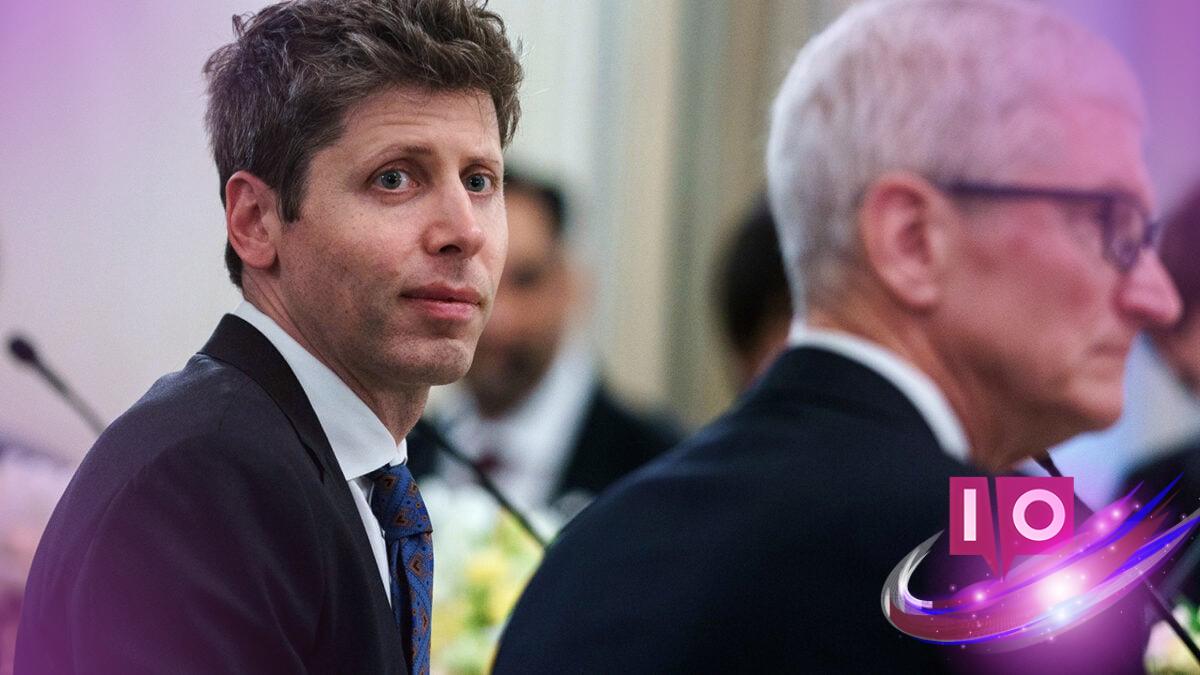If you’re concerned about online safety for younger users, the recent announcement from OpenAI is crucial. On Tuesday, the company revealed plans to roll out an age verification system within ChatGPT. This initiative is designed to ensure that underage users have a more age-appropriate experience, a response to heightened scrutiny from lawmakers regarding interactions with AI chatbots.
OpenAI’s new system will employ an age prediction method to assess how users interact with ChatGPT. If the algorithm suggests a user might be under 18 or cannot decisively determine their age, they will be directed to a version of the chatbot tailored for younger audiences. Users who are over 18 but end up in this filtered experience will need to provide identification to access the full version of ChatGPT.
According to OpenAI, this age-gated version of the chatbot will minimize exposure to “graphic sexual content” and will not participate in flirtatious or sexually explicit conversations. Moreover, if an under-18 user expresses distress or suicidal thoughts, the system might attempt to alert the user’s parents and could escalate the situation to authorities if there’s an imminent risk of harm. OpenAI emphasizes prioritizing safety over privacy in these scenarios.
To illustrate the distinctions between the two user experiences, OpenAI provided a couple of examples:
If a user requests flirtatious interactions, an adult user should receive that if they ask for it, while the model will default to discourage such conversations for younger users. Similarly, while the chatbot won’t provide details on suicide for younger users, it will guide adults who request help for fictional narrative purposes.
This update comes in light of a tragic lawsuit filed against OpenAI by the parents of a 16-year-old who took his own life after discussing suicidal thoughts with ChatGPT. This case has underscored the necessity for stricter measures to protect vulnerable users. Research indicates that AI chatbots can sometimes inadvertently encourage discussions about self-harm or suicide, prompting recent interest from regulatory bodies like the Federal Trade Commission about their impacts on children and teens.
OpenAI joins a broader trend of companies implementing age verification protocols, particularly following the Supreme Court’s ruling that affirmed the constitutionality of a Texas law requiring adult verification for pornographic websites. In the UK, such measures are also increasingly enforced. While some platforms ask users to upload ID to prove their age, others, including YouTube, are opting for predictive methods similar to OpenAI’s approach. These methods, however, have faced criticism due to concerns about their accuracy and the potentially invasive nature of facial recognition technology.
What is age verification in online platforms?
Age verification refers to the methods used by online platforms to confirm the age of their users, ensuring that minors have appropriate access to content. This can include ID uploads or age prediction algorithms.
How does age prediction work in ChatGPT?
The age prediction system analyzes user interactions and behavior to estimate their age, redirecting individuals to age-appropriate content if they appear to be under 18.
Why are companies focusing on age safety features now?
Growing concerns about the welfare of minors online, especially following tragic incidents involving AI chatbots, have prompted companies to enhance their safety measures and comply with regulatory inquiries.
What consequences might arise from failing age verification?
Failing to adequately verify the age of users can lead to inappropriate content exposure for minors and potential legal repercussions for companies if harmful situations arise.
If you’re interested in how AI impacts online interactions, now is a great time to stay informed. Understanding these developments can help you navigate the complex digital landscape safely. For more insights, feel free to explore Moyens I/O at https://www.moyens.net.
